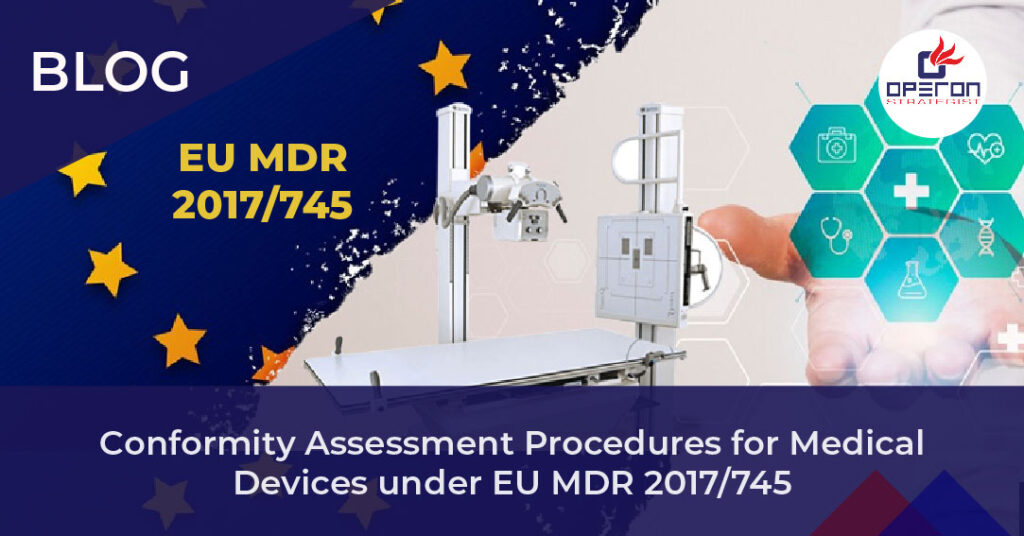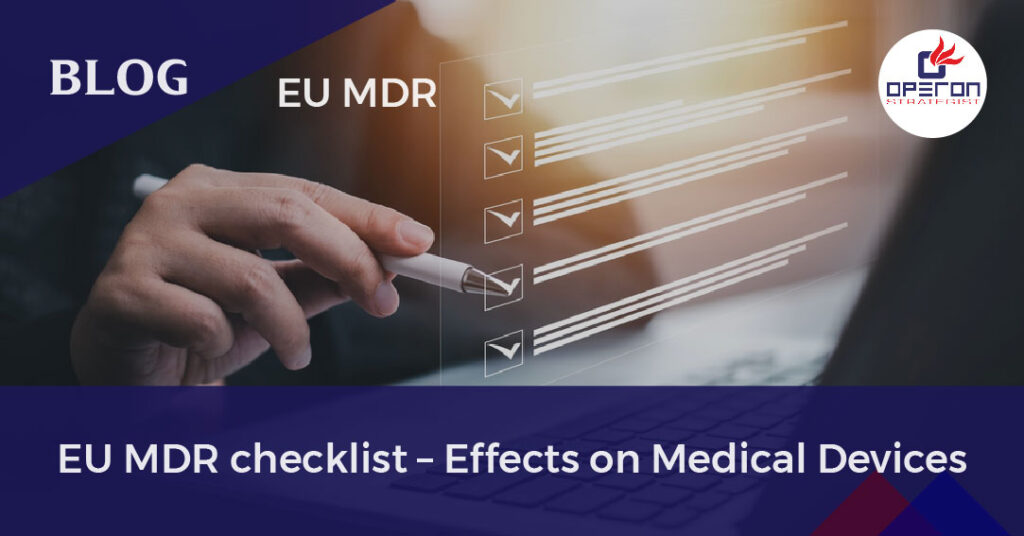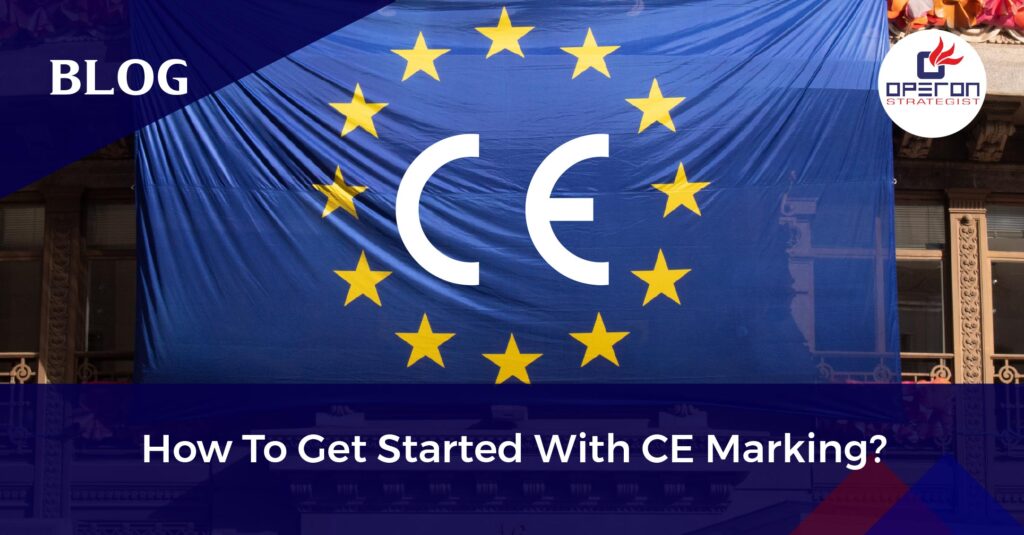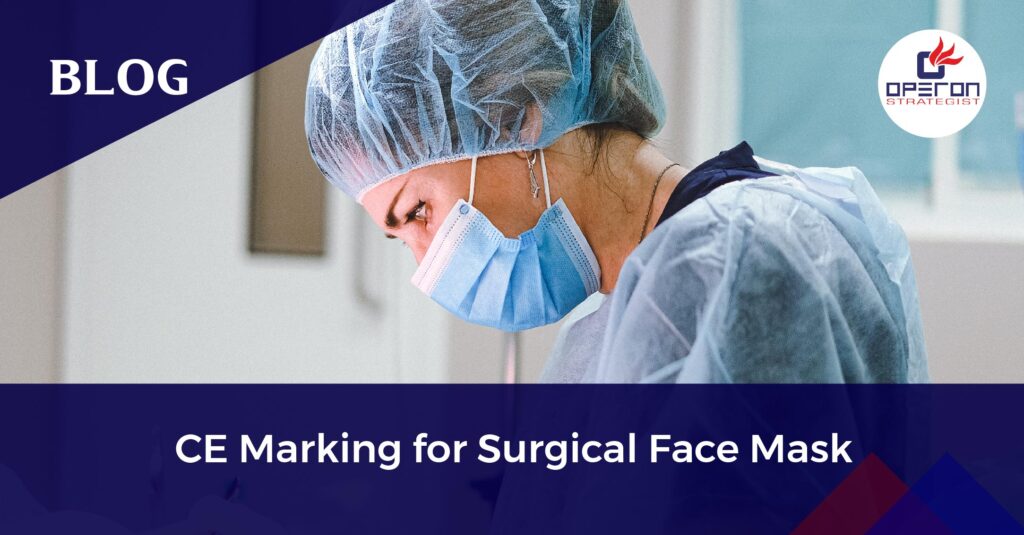Introduction to Conformity Assessment Procedures for Medical Devices
Entering the European medical device market requires meeting strict regulatory standards, most notably through obtaining the CE mark. A critical part of this process is the conformity assessment procedure, outlined by the European Medical Device Regulation (EU) 2017/745 (MDR). This regulation ensures that medical devices placed on the European Economic Area (EEA) market meet stringent safety, health, and performance standards. This blog will explore the conformity assessment procedure, focusing on risk classifications, notified bodies, and essential steps to secure compliance for medical devices.
Also Read Our service page on ce mark for medical devices.
Looking For a Medical Device Regulatory Consultant?
Let’s have a word about your next project
What is Conformity Assessment?
A conformity assessment verifies that a medical device meets the required standards and regulations, as per EU MDR 2017/745. Evidence of conformity assures regulators, users, and patients that the device is safe, effective, and designed to meet specific regulatory criteria.
The process starts with collecting “objective evidence,” a term derived from ISO 19011 (the standard for auditing management systems). This evidence may include data, test results, and documented processes that verify compliance with regulatory standards.
The Role of CE Marking in Medical Device Compliance
For medical devices to be sold in the EEA, they must bear a CE mark, which confirms that the device complies with essential regulatory standards, particularly those under EU MDR. The CE mark assures that the device has undergone rigorous testing and evaluation for quality, safety, and effectiveness. It is mandatory for both EEA-manufactured and imported devices, marking the product as eligible for free movement within the EEA.
How Risk Classification Determines the Conformity Procedure
The EU MDR categorizes devices into four classes (I, IIa, IIb, III), based on risk levels outlined in Annex VIII of the regulation. The classification impacts the depth and involvement required for conformity assessment:
- Class I: Low-risk devices, typically self-assessed by the manufacturer.
- Class IIa: Medium-risk devices, requiring some external review by a notified body.
- Class IIb: Higher-risk devices with increased oversight, typically requiring a notified body.
- Class III: High-risk devices, such as life-supporting equipment, necessitating the most rigorous evaluation by a notified body.
Each class has unique conformity assessment requirements, balancing safety needs with the device’s intended use and risk to patients.
The Conformity Assessment Process
The conformity assessment process entails specific steps to prove compliance with EU MDR:
- Technical Documentation Preparation: Manufacturers compile a comprehensive technical file, including design, manufacturing, and test data to verify that the device meets all regulatory standards. Annexes II and III of EU MDR specify the necessary documentation.
- Risk Management and Clinical Evaluation: Each device must undergo risk management procedures to identify potential risks and hazards, followed by a clinical evaluation to assess its performance and safety. This process aligns with ISO 14971 and ISO 13485 standards, essential for a compliant quality management system (QMS).
- Notified Body Involvement: Depending on the device’s risk classification, a notified body may be required to conduct a third-party assessment. The notified body will inspect the technical documentation, conduct audits, and, if satisfied, issue conformity certificates.
- Choosing a Notified Body: Manufacturers can select a notified body, such as DQS Medizinprodukte GmbH, accredited to assess their specific device category.
- Certificate Issuance and CE Marking: Once all evaluations are passed, the notified body issues the required certificates, authorizing the manufacturer to affix the CE mark on their device. This marking signifies compliance and allows the device to be marketed within the EEA.
- Post-Market Surveillance: Manufacturers must implement a post-market surveillance system to monitor device performance, gather user feedback, and address any issues that arise, ensuring ongoing safety and compliance.
Why Partner with a Regulatory Expert?
The conformity assessment process can be complex, particularly for new manufacturers or companies navigating EU MDR for the first time. Consulting with experts like Operon Strategist can streamline the process by providing guidance on risk classification, technical documentation, and QMS implementation, tailored to your device’s unique regulatory pathway.
Ready to achieve EU compliance?
Ready to Ensure Your Medical Device Meets EU Standards?
Navigating the EU MDR conformity assessment procedures is essential for any medical device manufacturer aiming to enter the European market. From selecting a notified body to compiling a technical file, each step must be meticulously executed. Achieving CE marking is both a regulatory requirement and a strategic advantage, giving your product credibility and access to the EEA market.
For expert guidance on CE marking and conformity assessment, reach out to Operon Strategist. Our regulatory experts can simplify your journey to compliance, ensuring your medical device meets all regulatory standards for the EU market.
- adminhttps://operonstrategist.com/author/admin-2/
- adminhttps://operonstrategist.com/author/admin-2/
- adminhttps://operonstrategist.com/author/admin-2/
- adminhttps://operonstrategist.com/author/admin-2/




